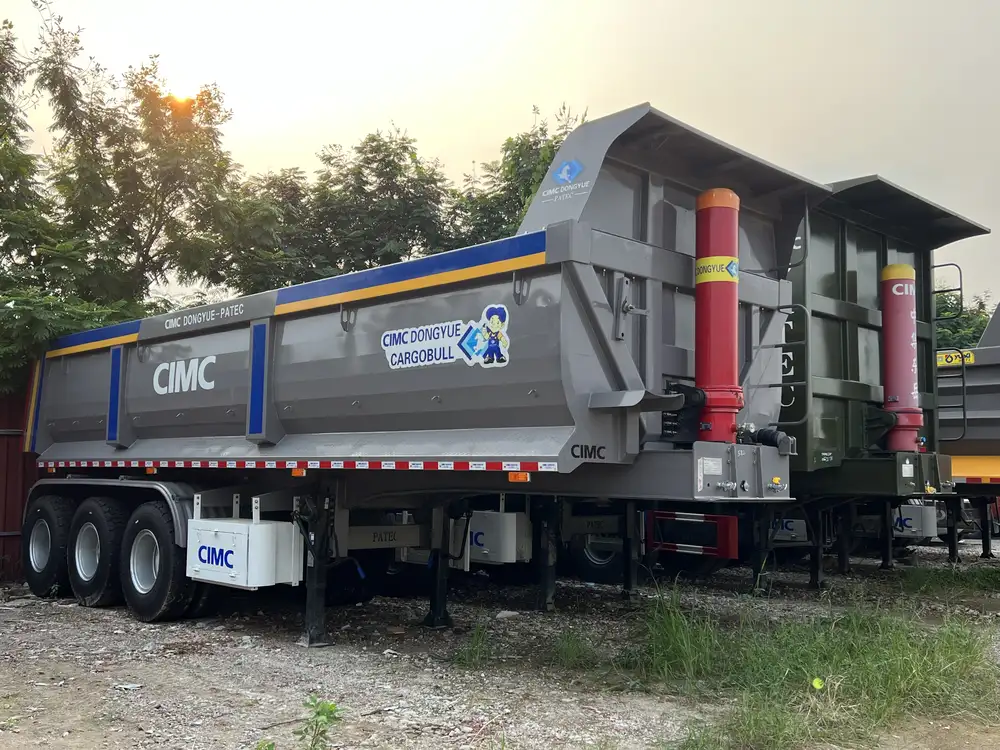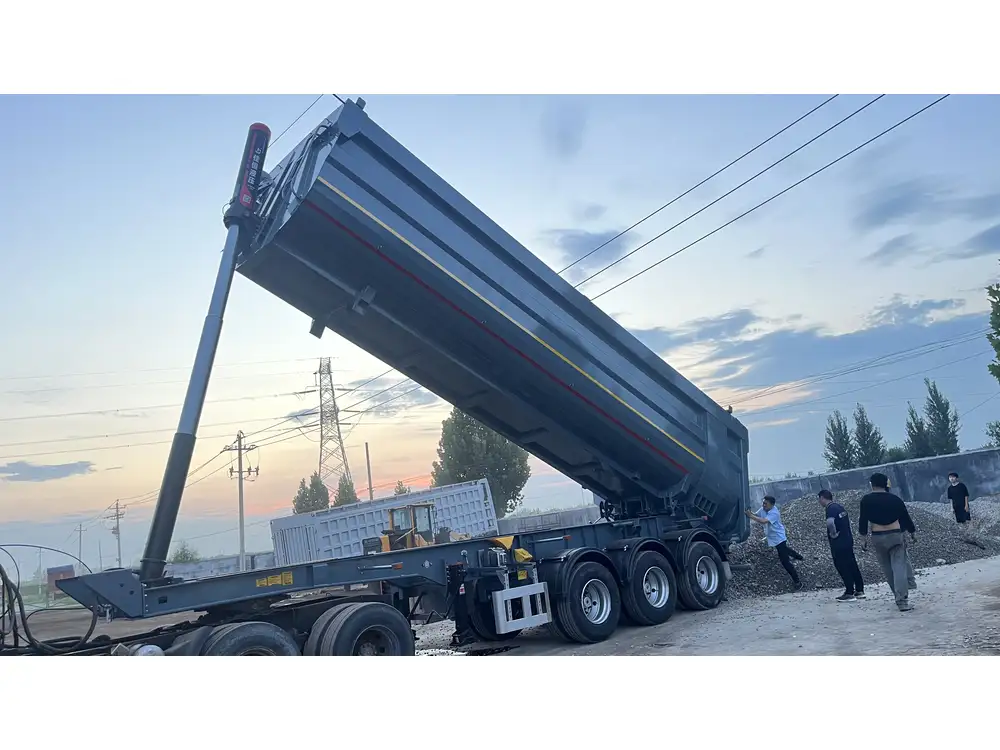When it comes to safeguarding the cleanliness and efficient operation of your camping trailer, maintaining the grey water tank is essential. Whether you’re a weekend warrior or a full-time RV enthusiast, ensuring that your plumbing systems are in tip-top shape enhances your camping experience. In this guide, we will dissect the crucial steps involved in flushing the grey water tank, presenting a structured approach that maintains performance while also preserving hygiene.
Understanding the Grey Water Tank
What Is Grey Water?
Grey water refers to wastewater generated from non-toilet plumbing activities, such as washing dishes, showering, and even doing laundry. Unlike black water, which is contaminated with human waste, grey water is considered less hazardous but still requires proper management and disposal.

Importance of Flushing
Regularly flushing the grey water tank is fundamental for several reasons:
- Odor Control: Prevents unpleasant smells that can develop from stagnant water and decomposition.
- Clog Prevention: Regular maintenance minimizes the risk of build-up and plumbing interruptions.
- Longevity: Enhances the lifespan of your trailer’s wastewater systems.
Step-by-Step Process to Flush Your Grey Water Tank
Step 1: Gather Required Supplies
Before you initiate the flushing process, ensure that you have all necessary supplies on hand:
| Item | Purpose |
|---|---|
| Water Hose | To introduce fresh water into the tank |
| A Bucket | To catch any overflows |
| Grey Water Tank Flush Kit | To assist with flushing |
| Cleaning Solution | To sanitize the tank |
| Gloves | To maintain hygiene during cleaning |

Step 2: Ensure Proper Location
Select a Suitable Site: Choose an open area away from other campers and local water sources to prevent contamination. This location also facilitates better drainage.
Safety First: Turn off the vehicle engine and ensure the trailer is securely parked. Engage the parking brake.
Step 3: Prepare the Tank
Locate the Drain Valve: Typically situated at the bottom of the grey water tank, the drain valve may require some maneuvering to reach.
Prepare for Drainage: Attach a dump hose securely to the drain valve—this is crucial to avoid spills during the process.
Step 4: Begin Flushing the Tank
Open the Drain Valve: Release the valve to allow the grey water to flow out. Pay attention to ensure everything drains smoothly.
Monitor for Clogs: If water does not flow as expected, fumes may indicate a blockage. If this occurs, consider using a specialized clog-clearing tool.

Step 5: Introduce Fresh Water
Insert the Hose: Once the tank is empty, insert the fresh water hose into the tank, ensuring it is tightly sealed to prevent leaks.
Flush with Water: Activate the water source, allow it to flow into the tank for several minutes. The fresh water helps to dislodge any remaining debris stuck to the tank walls and ensures a thorough rinse.
Step 6: Add Cleaning Solution
Choose the Right Product: Select a non-toxic cleaner designed for grey water systems. Avoid harsh chemicals that could damage the tank material.
Follow Directions: Introduce the cleaning solution as per the manufacturer’s recommendations, adjusting the amount based on your tank’s capacity.
Let it Sit: Allow the solution to work its magic for the recommended duration (typically 30 minutes to an hour).
Step 7: Final Flush
Flush Again: After the cleaning phase, use fresh water once more to thoroughly rinse the tank, removing any remnants of cleaning solution and debris.
Check Water Clarity: Ensure that the water draining out appears clear rather than murky or discolored, indicating a successful flush.

Step 8: Close the System
Close the Drain Valve: After everything has drained completely, securely reattach the drain valve.
Store Supplies: Clean and store all equipment properly for future use.
Tips for Maintaining Your Grey Water Tank
Regular Maintenance
Conduct regular inspections and flushing of the grey water tank to keep issues at bay:
- Frequent Checks: Inspect hoses, valves, and connections regularly for signs of wear and tear.
- Odor Management: Use deodorizing agents specifically designed for greywater systems to enhance odor control between flushes.

Awareness of Water Sources
- Monitor Your Usage: Be mindful of how much water you use; less usage minimizes build-up.
- Filtering Waste: Implement simple filtering techniques to capture food particles before they enter the system, reducing the chance of clogs.
Seasonal Preparation
- Winterizing: Ensure that the grey water tank is properly winterized if camping in colder climates to prevent freezing and damage.
- Pre-Season Check: Before each camping season, perform a thorough system check, including flushing the tank to prepare for use.
Frequently Asked Questions

How Often Should I Flush My Grey Water Tank?
Flushing frequency heavily depends on usage but generally, it’s advisable to flush after every significant camping trip or if the tank is approaching full capacity.
Is Grey Water Toxic?
While grey water is less hazardous than black water, it can contain traces of contaminants. Treat all waste water with care and policy adherence while dumping.
What Happens if I Don’t Flush the Tank?
Failure to routinely flush the grey water tank can lead to serious plumbing issues, including clogs, leaks, and unpleasant odors—potentially ruining your camping experience.

Can I Use Any Cleaning Solution for My Grey Water Tank?
Not all cleaners are suitable. Opt for pH-neutral or biodegradable products that won’t damage the tank or contaminant water systems.
Do I Need Special Equipment for Flushing?
While specialized equipment—such as a grey water tank flush kit—can facilitate the process, basic supplies like a hose and buckets can also do the job effectively.
Conclusion
Flushing a grey water tank on your camping trailer is neither complicated nor should it be overlooked. By adhering to the thorough steps outlined and investing in regular maintenance, you can extend your trailer’s lifespan while ensuring a comfortable and clean camping experience throughout your adventures. Proper care not only keeps your trailer systems functioning optimally but also contributes positively to the environment by managing waste responsibly. Are you ready to enjoy the great outdoors with a clean slate? Flushing that grey water tank is the first step to setting off on your next adventure worry-free!



